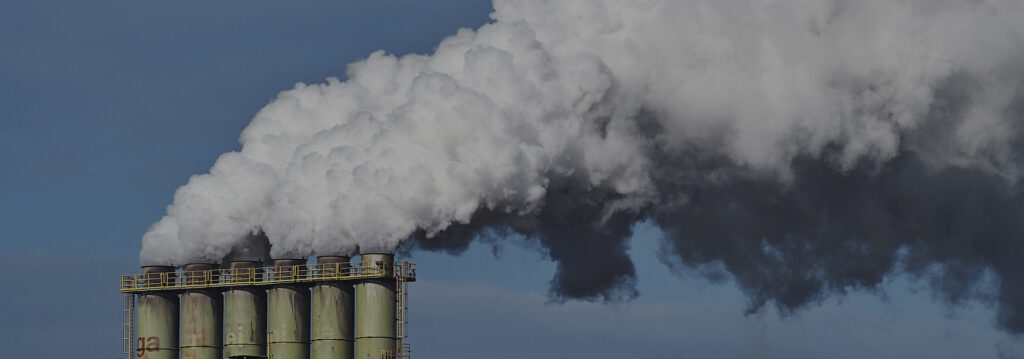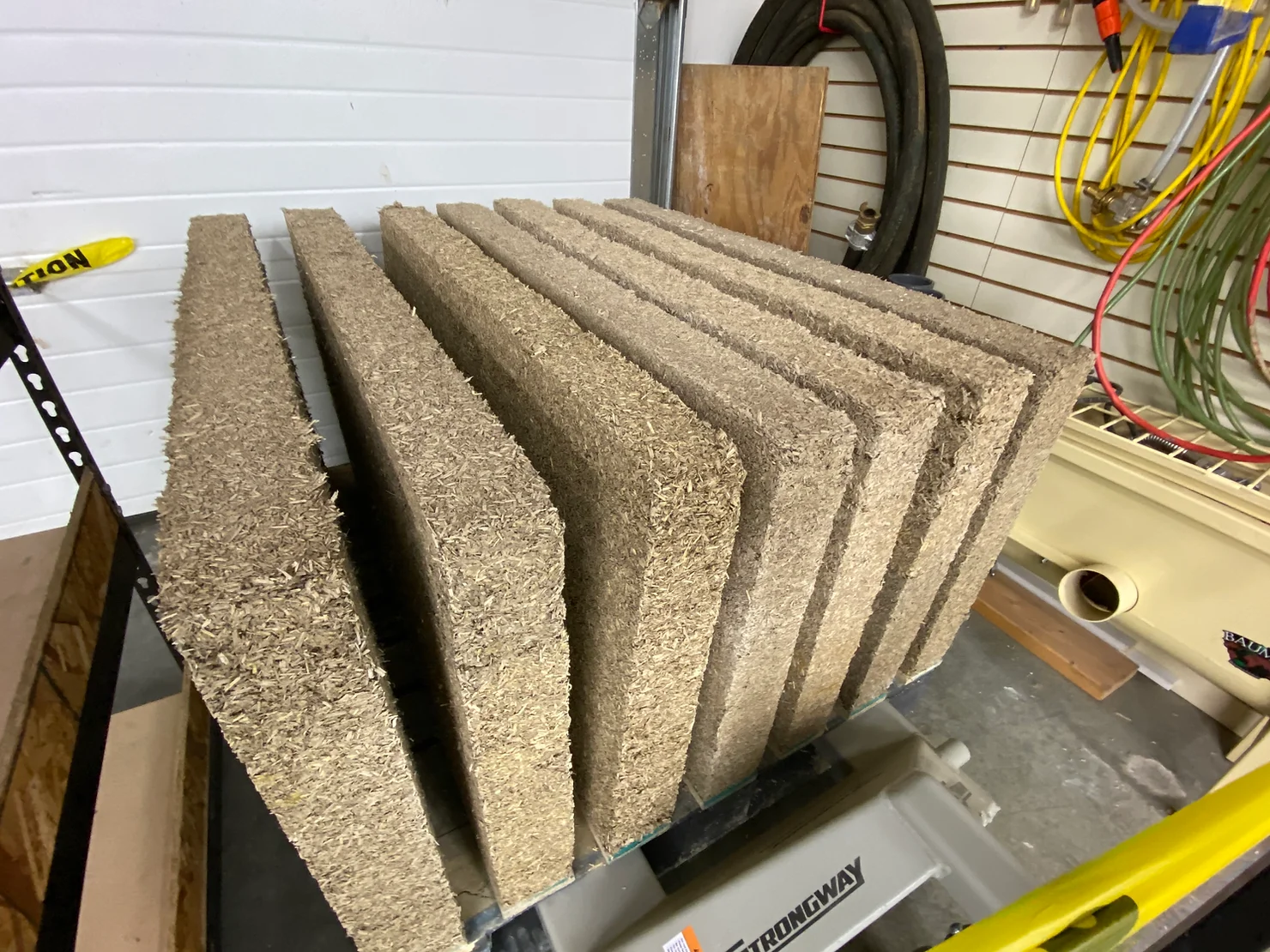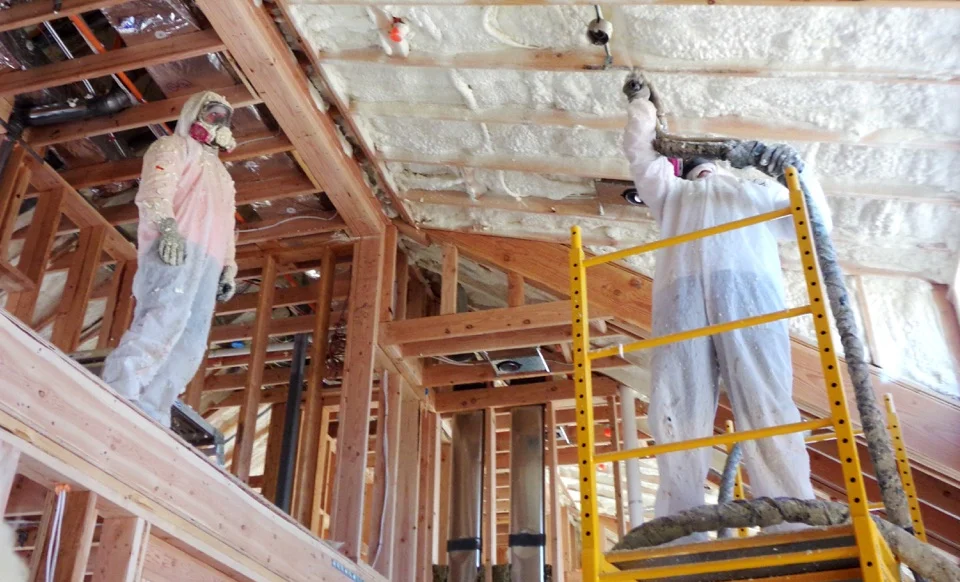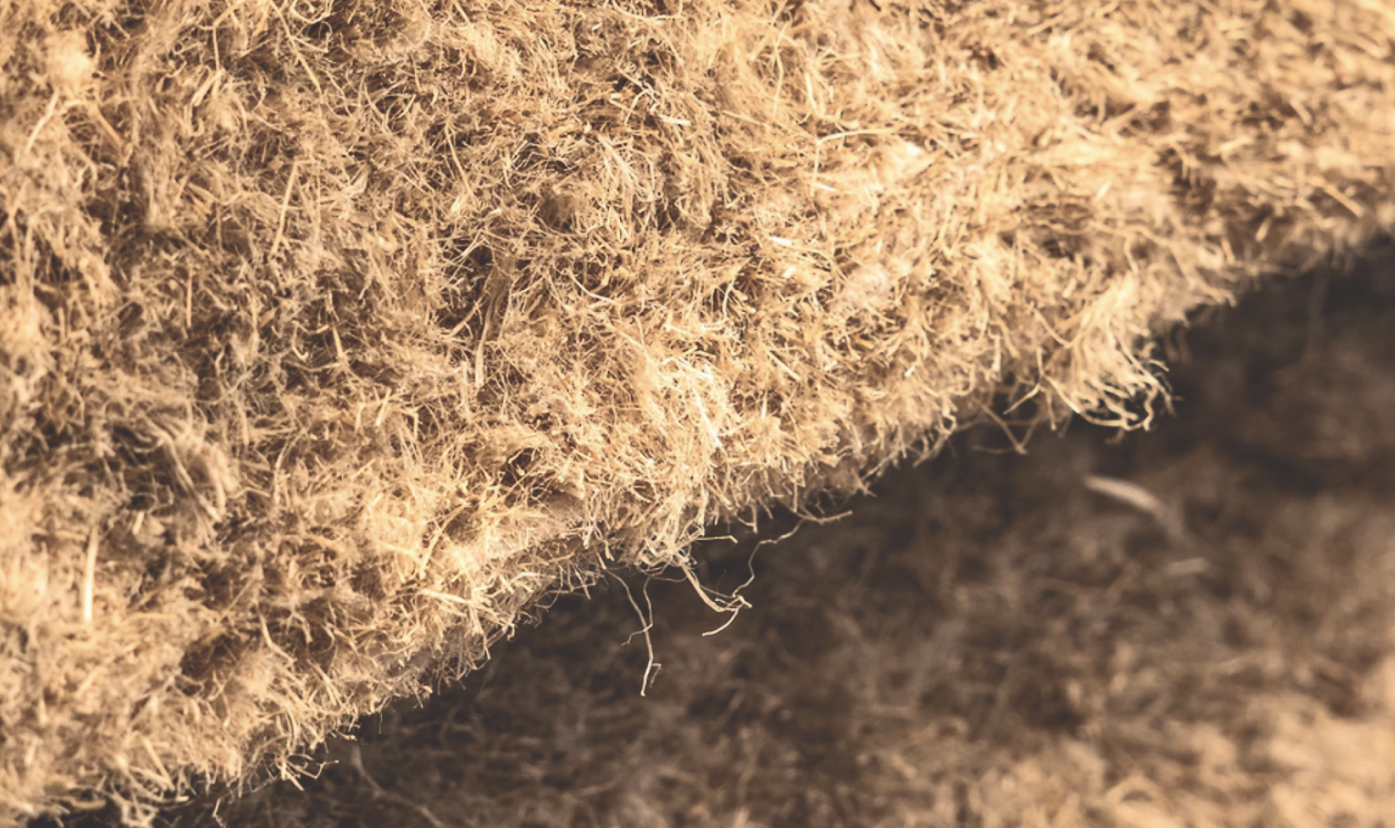In the world of building insulation, traditional fiberglass insulation has long been a go-to choice for homeowners and builders alike. It’s relatively inexpensive, widely available, and provides effective thermal resistance. However, what many people don’t realize is the disguised dangers of fiberglass and the range of serious health and environmental risks due to chemicals used in its manufacturing process. These disguised dangers of fiberglass insulation, to put it mildly, are less than ideal to installers, building occupants, and even the broader environment.
What Is Fiberglass Insulation?
Fiberglass insulation is composed primarily of fine glass fibers that are woven together into batts or loose-fill insulation. These fibers are designed to trap air and reduce heat transfer, making fiberglass an effective insulator. However, the manufacturing process involves a slew of hazardous chemicals that contribute to both immediate and long-term health risks.
Toxic Chemicals in Fiberglass Insulation
To understand the full impact of fiberglass insulation, we need to examine the chemicals involved in its production. Some of the most concerning substances include:
Formaldehyde, one of the most infamous chemicals used in fiberglass insulation is a known human carcinogen. In traditional fiberglass insulation, formaldehyde is used as a binder to help hold the glass fibers together. It releases volatile organic compounds (VOCs) into the air, leading to indoor air pollution. Chronic exposure to formaldehyde has been linked to respiratory problems, skin irritation, and even certain types of cancers, particularly nasopharyngeal cancer and leukemia.
Phenol, another key ingredient in fiberglass insulation binders, is a hazardous substance that can cause serious health effects. It is highly toxic when inhaled or absorbed through the skin. Exposure to phenol can result in respiratory irritation, skin burns, headaches, nausea, and long-term organ damage.
Styrene is often used in the production of fiberglass insulation to enhance its durability and structural integrity. However, the U.S. Environmental Protection Agency (EPA) and the International Agency for Research on Cancer (IARC) have classified styrene as a possible human carcinogen. Chronic exposure can result in respiratory distress, neurological effects such as dizziness and confusion, and an increased risk of certain cancers.
Acetone is frequently used as a solvent in the fiberglass manufacturing process. While it is less toxic than some of the other chemicals used, acetone exposure can still cause dizziness, headaches, and respiratory irritation. Inhalation of high concentrations may lead to neurological effects and liver damage over time.
Acrylic resins are often added to fiberglass insulation to improve durability and binding properties. However, these resins can off-gas harmful VOCs, contributing to poor indoor air quality and exacerbating respiratory conditions such as asthma.
Ammonia is sometimes present in fiberglass insulation to assist in the curing process. Exposure to ammonia fumes can cause eye irritation, respiratory distress, and skin burns in severe cases.
While more commonly associated with spray foam insulation, isocyanates can sometimes be present in fiberglass products as well. These compounds are highly toxic and can cause respiratory issues, allergic reactions, and long-term lung damage.

Health Risks Associated with Fiberglass Insulation
The chemicals in fiberglass insulation contribute to a variety of health issues. Whether you’re a factory worker, an installer, or a homeowner, we’re not kidding about the disguised dangers of fiberglass insulation.
Short-Term Health Effects:
Respiratory irritation– Inhalation of fiberglass particles and chemical off-gassing can lead to coughing, throat irritation, and shortness of breath.
Skin and eye irritation– The tiny glass fibers can become embedded in the skin, causing itching, redness, and rashes. Contact with the eyes can lead to severe irritation.
Headaches and dizziness– Chemical off-gassing from substances like formaldehyde and styrene can trigger headaches, nausea, and dizziness, particularly in poorly ventilated spaces.
Long-Term Health Effects:
Carcinogenic risks– Chronic exposure to formaldehyde, styrene, and other toxic chemicals has been linked to various cancers, including leukemia and lung cancer.
Neurological damage– Long-term inhalation of VOCs from fiberglass insulation can impair cognitive function, cause memory loss, and lead to nervous system disorders.
Chronic respiratory diseases– Prolonged exposure to fiberglass dust and off-gassing can increase the risk of asthma, bronchitis, and other chronic lung conditions.
Reproductive toxicity– Some chemicals used in fiberglass production have been associated with reproductive harm, including birth defects and hormonal disruptions.
Environmental Concerns of Fiberglass Insulation
Beyond human health risks, fiberglass insulation poses significant environmental issues as well:
Energy-intensive manufacturing– The production of fiberglass insulation requires melting glass at extremely high temperatures, consuming vast amounts of energy and releasing greenhouse gases.
Chemical pollution– The chemicals used in fiberglass manufacturing contaminate air, water, and soil, contributing to environmental degradation.
Non-biodegradability– Fiberglass insulation is not biodegradable, meaning it contributes to landfill waste and remains in the environment for centuries.
Safer Alternatives to Fiberglass Insulation
Given the serious risks associated with fiberglass insulation, many builders and homeowners are seeking healthier, more sustainable alternatives, which is where we come in! Hemp-based insulation is an increasingly popular choice due to its natural, non-toxic composition and carbon-negative footprint. Unlike fiberglass, hemp insulation does not contain harmful chemicals and provides excellent thermal and acoustic performance. It has a negligible ecological impact and is sustainable, making it an eco-friendly choice.
There are other sustainable options to fiberglass, none have the full spectrum advantage of HempWool.

Final Thoughts
While fiberglass insulation has long been a staple in the construction industry, the disguised dangers of fiberglass insulation cannot be ignored. From formaldehyde and styrene to phenol and ammonia, the substances used present serious health and environmental hazards. Homeowners, builders, and policymakers must recognize these dangers and consider safer, more sustainable alternatives. Whether choosing hemp or alternate insulation, making the switch to non-toxic materials benefits not only human health but also the planet.
As we push for a greener future in the building industry, it’s time to move away from hazardous materials and embrace sustainable insulation solutions that promote well-being for all.



